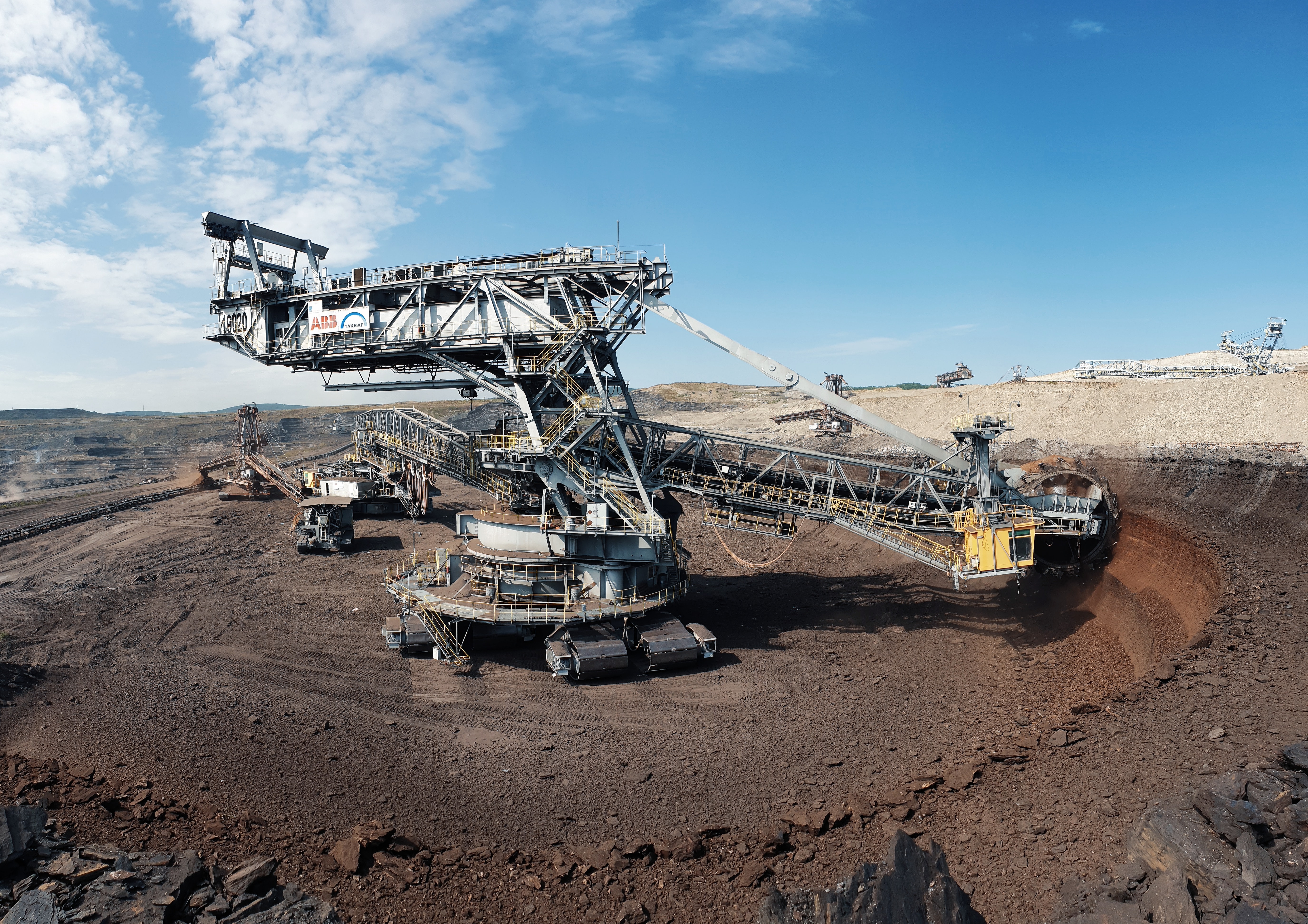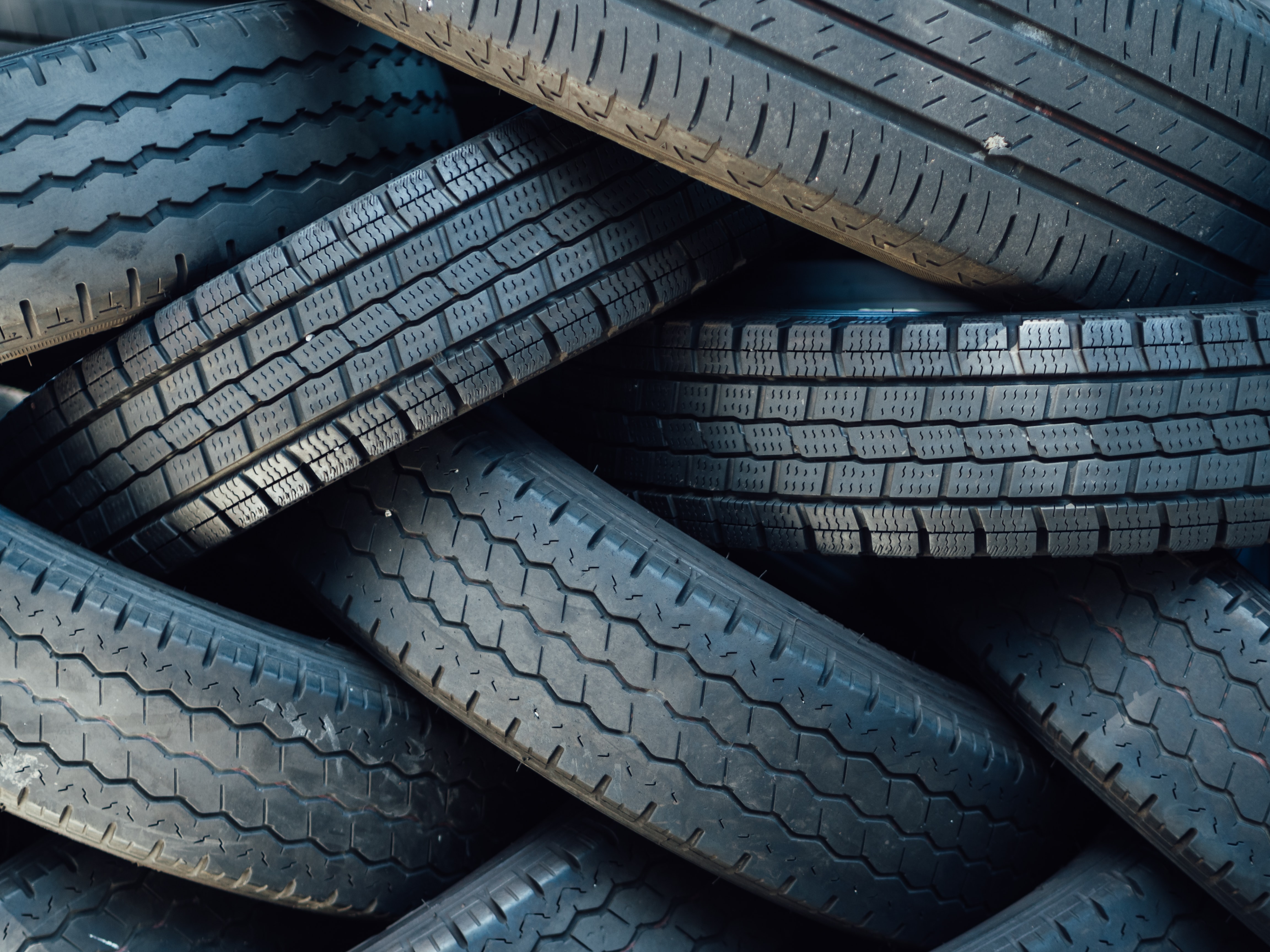Application
Make electricity more durable
Help achieve the "Double Carbon Goals"
my country is in the stage of industrialization development. Many industrial industries consume huge amounts of electric energy and carbon emissions. One of the major reasons is that the use of obsolete asynchronous motor equipment has not fully utilized energy. Vigorously implement the replacement of energy-consuming equipment, and only by continuously improving and improving the energy efficiency of energy-consuming equipment in the industrial sector can the "double carbon target" be achieved.












